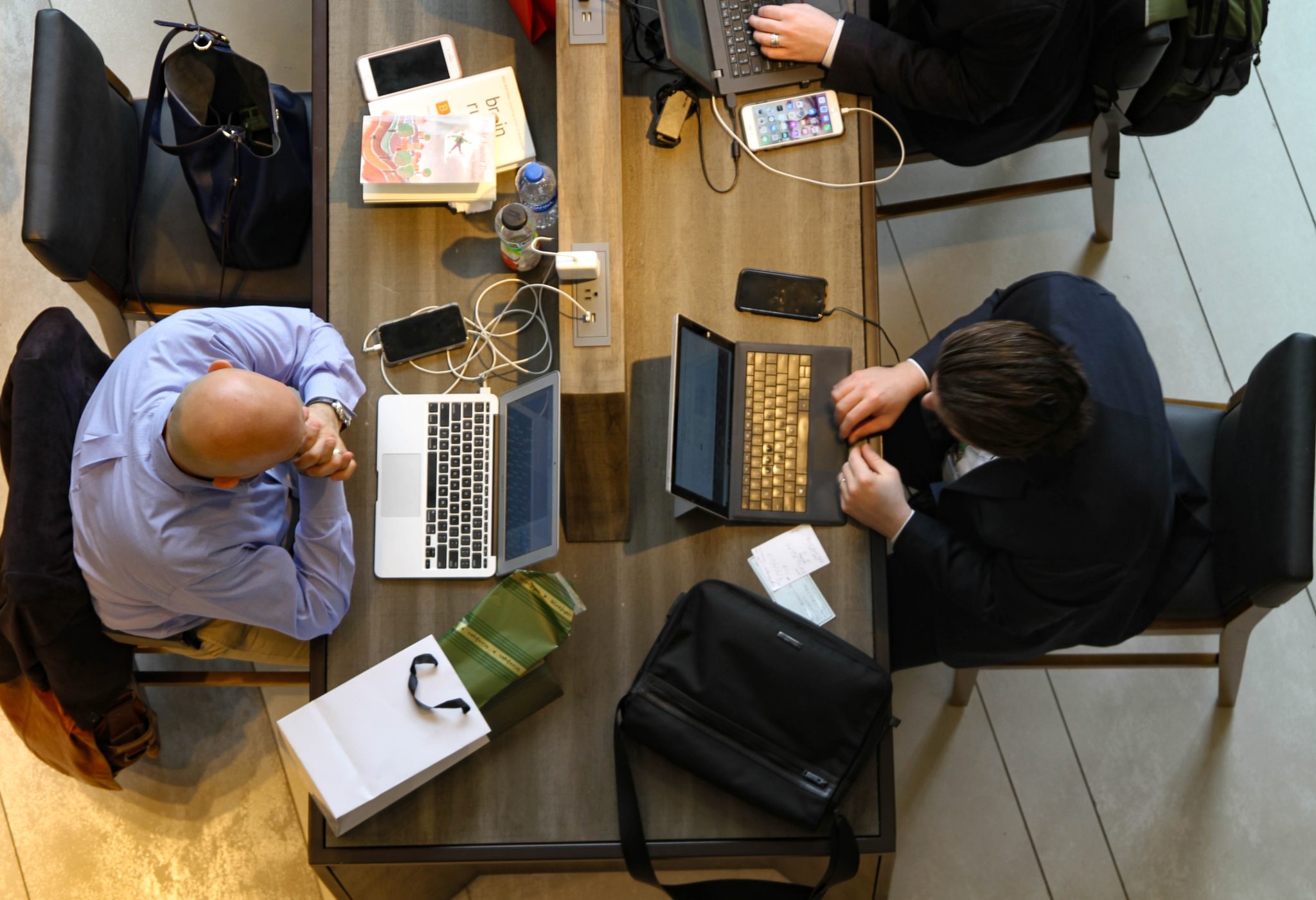Monitoring today’s distributed applications has become a complex task. Many business applications run on multiple platforms, from on-premise data storage to cloud computing and even multi-geographical deployments. Monitoring these applications, especially those that are custom made for your business is critical to ensuring seamless functionality and usability.
Why should businesses invest in application performance management (APM)? Here are five reasons why:
Business Continuity
Businesses that use APM tools to optimize their operations see up to 60-70% reduction in downtime. IT services are at the heart of any business, and without the assured availability of those, any downtime could mean millions in lost revenue for your business. According to a Stackify article on 6 types of ROI for APM, effective APM helps mitigate the risks of potential service disruptions that could adversely affect business operations.
Application performance management tools help keep an eye on core services by ensuring they maintain the expected levels of availability. They also play a huge role in ensuring more efficient troubleshooting and promoting safer application upgrades. Enterprises that invest in the latest APM tools deal with less downtime and enjoy better business continuity.
Improved End-User Experience
Improvement in application usability, quality and availability create a better user experience and more productive business interactions with all users, both internal and external. Enterprises are increasingly looking for APM solutions that are able to rapidly diagnose problems in real-time to ensure user satisfaction.
User satisfaction is the biggest benefit of APM, and choosing the right solution keeps you one step ahead of the game. An APM’s mandate is to fight complexity by providing you with deeper visibility and performance insights that help you increase productivity and improve end-user experience.
No More Over-Reliance on Costly Experts
As more businesses adopt new and more complex technologies and multiple application infrastructures, dependence on costly experts tends to increase. Unfortunately, experts, no matter how skilled, never scale. What you need is end-to-end visibility and control of all your business applications and entire enterprise infrastructure, and APM offers that.
The right APM solution can become an expert-level work system that even allows junior level support engineers and IT, experts, to be more effective in monitoring application performance much quicker. Decreased reliance on costly experts means savings for you without sacrificing the functionality and usability of your business infrastructure.
Greater Innovation
When business applications are well managed, development teams deal with fewer performance issues and can now invest more of their time in delivering new innovations to enhance business operations and help you make decisions much faster. Through improved collaboration and knowledge sharing across the entire enterprise, issues can be resolved quickly and unnecessary problems avoided so that development teams can focus more on innovation.
Better Business Sales
Considering that most businesses rely on critical applications that influence their image or revenues in one way or another, the performance and availability of such applications must be prioritized. Any issues that could lead to user complaints could have a significant impact on business performance. APM solutions help ensure smooth performance and availability.
The benefit of service availability and great performance is better business sales. APM tools help you quickly detect, diagnose and resolve application performance issues so that you can better improve customer experience and boost sales. Remember that choosing the right APM is key to helping you achieve the desired monitoring insights.
Read More:























